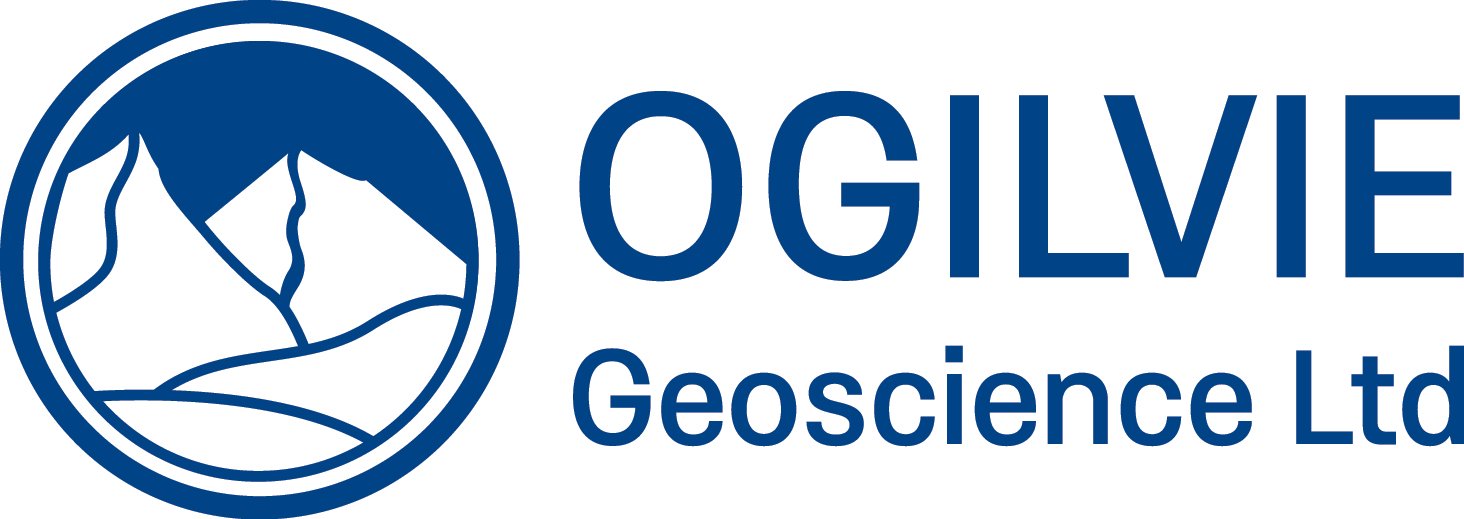Why do we need to know about normal and shear stresses ?
Because we plot them on a Mohr circle graph together with dip and azimuth information on faults and fractures to work out if these structures are close to failure. This is known as a critical stress study.
Normal Stress is the force perpendicular to the surface of interest. There are 2 types of normal stress (i) compressive and (ii) tension. Shear Stress is the force applied parallel to the surface.
Normal Stress
When a force applied normal to the surface area extends or stretches the rock we are dealing with tensile stress (Fig. 1). When a force applied normal to the surface area compresses the rock, we are dealing with compressive stress (Fig. 2).
Fig. 1. Illustration of tensile stress
Fig. 2. Illustration of compressive stress
Shear Stress
Shear stress will shear the rock body as is the case when a geological fault such as the San Andreas Fault forms. The force is applied parallel to the surface and the rock body will slide from it’s original position as shown in Fig. 3.
Fig. 3. Illustration of Shear Stress which is equal to F/A.



